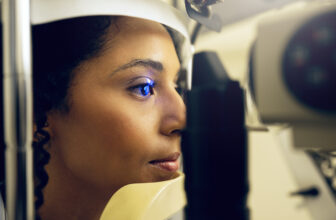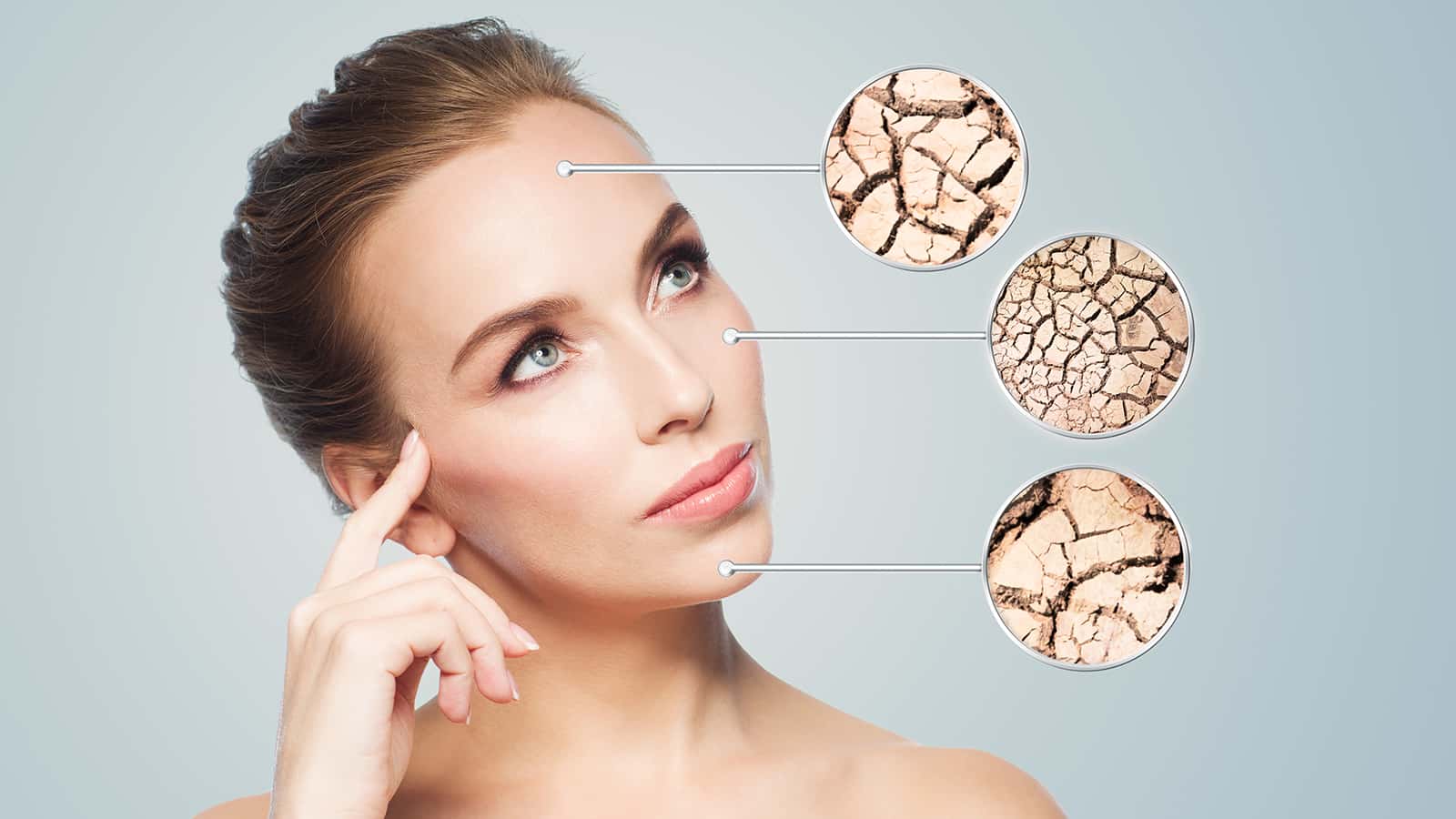
In today’s modern internet era, everything is just one click away, so does your new sex partner. Dating apps and one-night stands have resulted in an unprecedented increase in Sexually Transmitted Diseases (STDs) cases across the globe. Lack of sexual knowledge and low awareness about Sexually Transmitted Infections (STIs) have paved the way for the widespread transmission of deadly diseases including HIV and Herpes.
In this article, we explain in detail what is an STD, the symptoms, types of STDs that causes dry skin, and much more.
Table of Contents
What are STDs?
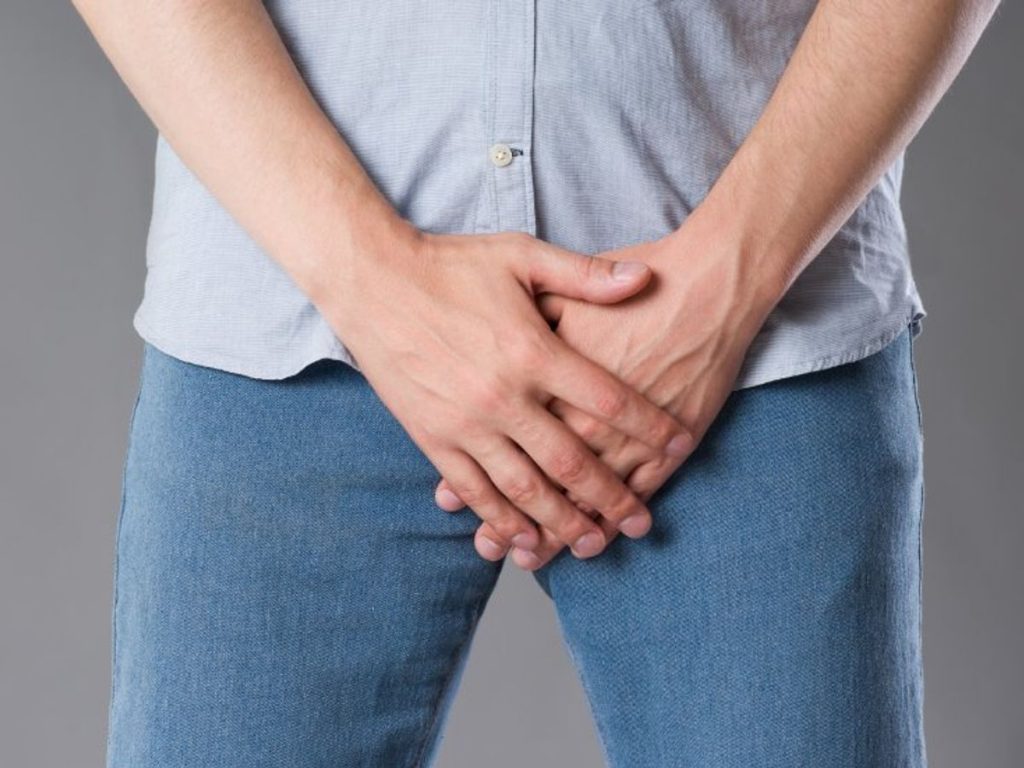
img source: timesnownews.com
According to the World Health Organisation (WHO), there are more than 1 million new STD cases acquired and reported every year, yet, more cases are gone unreported and undiagnosed. Sexually Transmitted Diseases are highly contagious infections that spread from one person to another during sexual intimacy. Here, sexual intimacy includes vaginal, anal, and even oral sex. Some have a misconception that oral sex is far safer than vaginal or anal sex. But, that’s not true. Oral sex is as contagious as vaginal or anal sex.
STDs are caused by different types of pathogens and microorganisms like bacteria, fungus, viruses, and parasites. The primary transmission carrier being sexual contact, some also spread without any sexual contact, that is exchange of used razors, blood, and contact with body fluids like genital fluids and oral mucus (kissing).
Types of STDs
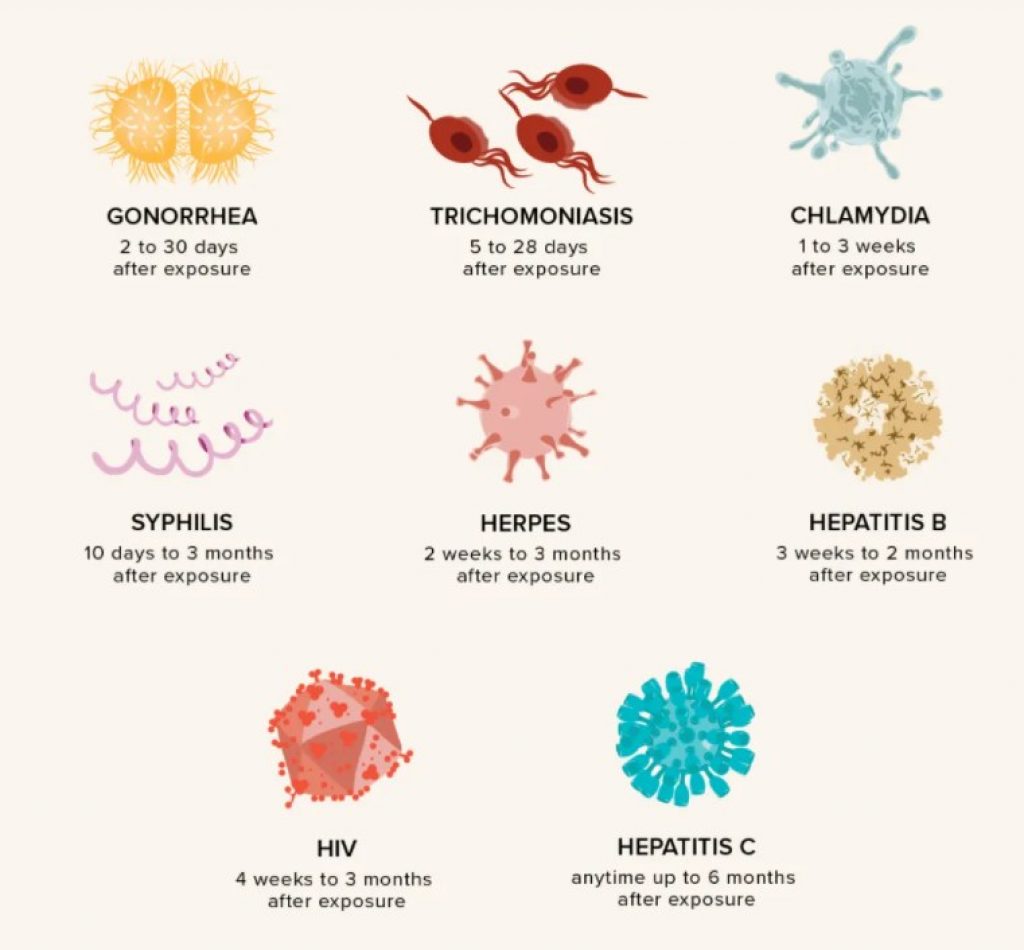
img source: healthline.com
Unlike flu or any other disease which are caused by a specific single microorganism, STDs come in different forms and thus have different causing agents. During sexual contact, more than 20 different types of bacteria get transferred between the partners.
There are more than 30 types of Sexually Transmitted Infections (STIs), however, not all STDs are widely known and need to be educated as a whole. There are 8 types that have the majority stake in the number of cases reported. They are –
- Chlamydia
- Gonorrhea
- Syphilis
- HIV
- Herpes
- HPV
- Trichomoniasis
- Hepatitis
All the above types have different causing agents as well as differences in the signs and symptoms exhibited.
Symptoms of STDs

img source: wexnermedical.osu.edu
Generally, STDs do not exhibit symptoms very early on or as soon as the bacteria or virus has been contracted. Some may experience the symptoms only after seven to fourteen days and some may not even exhibit any symptoms until the disease gears to the final stage.
Following are the most common symptoms exhibited in men:
- Thick penile discharge
- Swollen testicles
- Irritation inside the penis
- Painful bowel movements
Women may encounter the following symptoms –
- Unusual vaginal discharge
- Pain during sexual intercourse
- Lower abdominal pain
- Heavy menstrual bleeding
Some of the common STD symptoms in both men and women are:
- Anal itching
- Dry skin
- Fever
- Headache
- Diarrhea
- Joint pain
- Sore throat
- Fatigue
- Painful urination
What Types of STDs Causes Dry Skin?
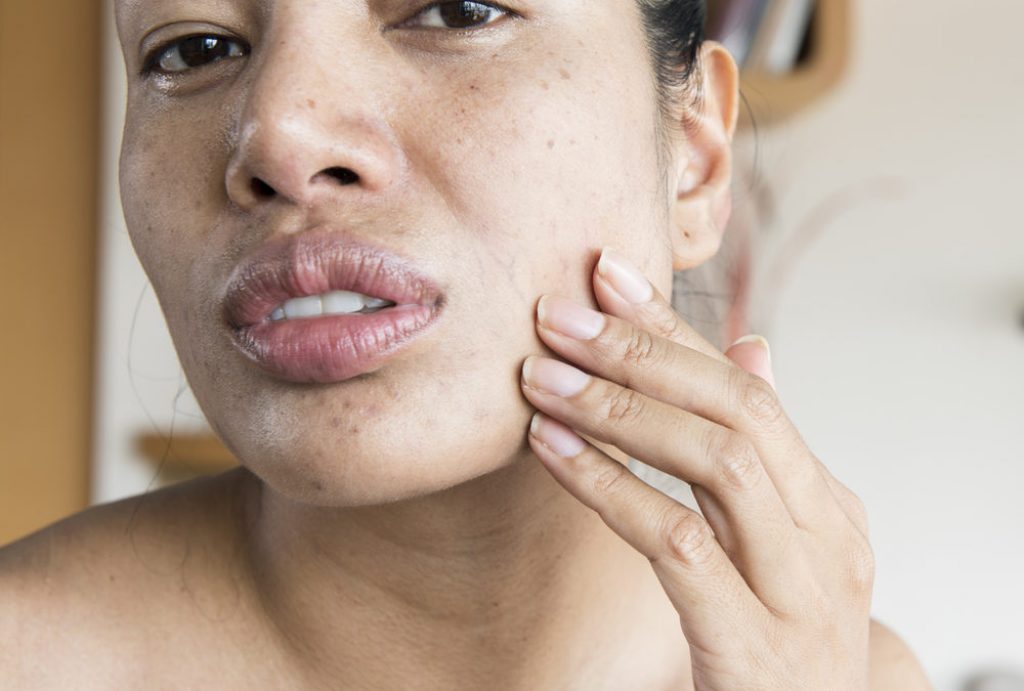
img source: kaya.in
Certain symptoms can help narrow down the 30 different possibilities of any STD to a handful of some types. Dry skin is a commonly seen sign in both men and women affected with STD. If you are sexually active and having dry skin symptoms, then be more cautious and look for the other changes or symptoms that appear. STD rashes can appear anywhere on the body including the face, legs, arms, abdomen, and back.
Following are the three types of STDs that cause dry skin symptoms:
1. Herpes
Herpes is caused by a virus called Herpes Simplex Virus (HSV) which can affect either the genitals or the oral cavity or both. Herpes symptoms are identified by rash breakouts, small red bumps or blisters appear on or around the genitals. Rashes caused by Herpes can be on and off in nature, that is, suddenly the symptoms may disappear and after a few days, you can see a breakout of bumps and rashes all over the body.
2. HIV
HIV is by far the most commonly known STD because of its severity and fatality rate. It is caused by a virus from which the name itself is abbreviated – Human Immunodeficiency Virus. HIV progresses in multiple stages and one of the symptoms seen in the initial phase is rashes on the skin. Your body secretes antibodies to fight the virus as a result dry skin rashes occur. It is estimated that nearly 90% of individuals affected with HIV will experience abnormalities on their skin like rashes and lesions.
3. Syphilis
Unlike Herpes and HIV, which have viruses as their causing agents, Syphilis is caused by a bacteria called Treponema Palladium. The symptoms of Syphilis typically appear after three to six weeks after the initial infection. Syphilis rashes are red or pinkish in a color that can be seen on genitals, palms, trunk, and soles.
All the above STDs can lead to severe health complications if not addressed in their early stages.
Can STDs be Cured?
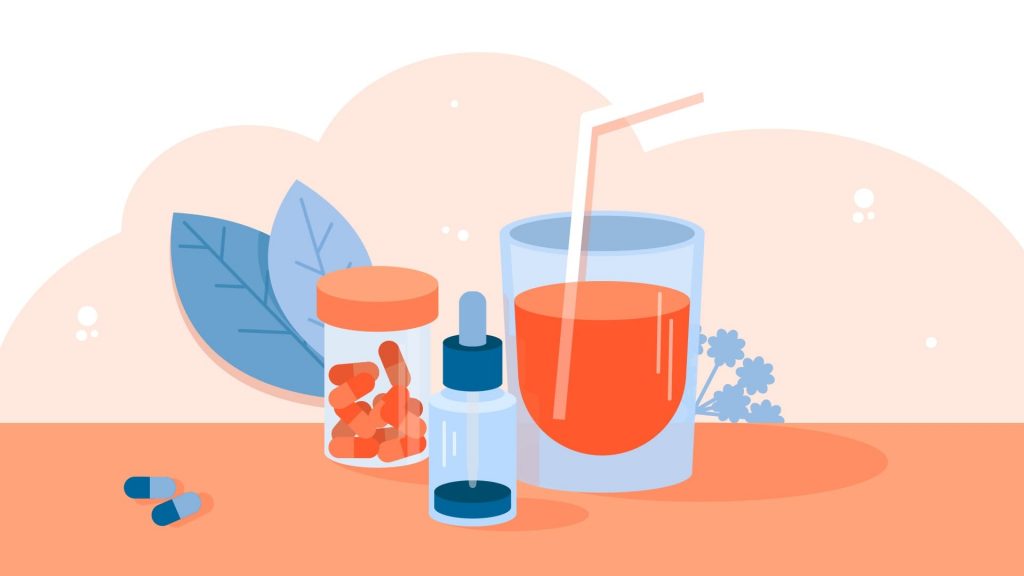
img source: prioritystdtesting.com
Talking about the cure for STDs, most people have a misunderstanding that once you get an STD, it will stay with you forever. But, think again, with rapid technological advancements most of the STDs have a cure today.
STDs are generally categorized into two types. One is virus-caused STDs and the other is bacterial STDs. The STDs that are caused by bacteria like Syphilis and Chlamydia can be cured completely with the help of antibiotics. On the other hand, viruses causing STDs like HIV and Herpes (HSV) have no cure to date, however, the symptoms of the diseases can be reduced and the contraction of the disease between sex partners can be lowered.
All this can be said only if the condition is detected and diagnosed at the right time. If the disease slips out a little bit even the bacteria causing STDs can leave devastating permanent damages like fertility and Pelvic inflammatory disease (PID), as per Healthline data.
What Happens if an STD is Left Untreated?
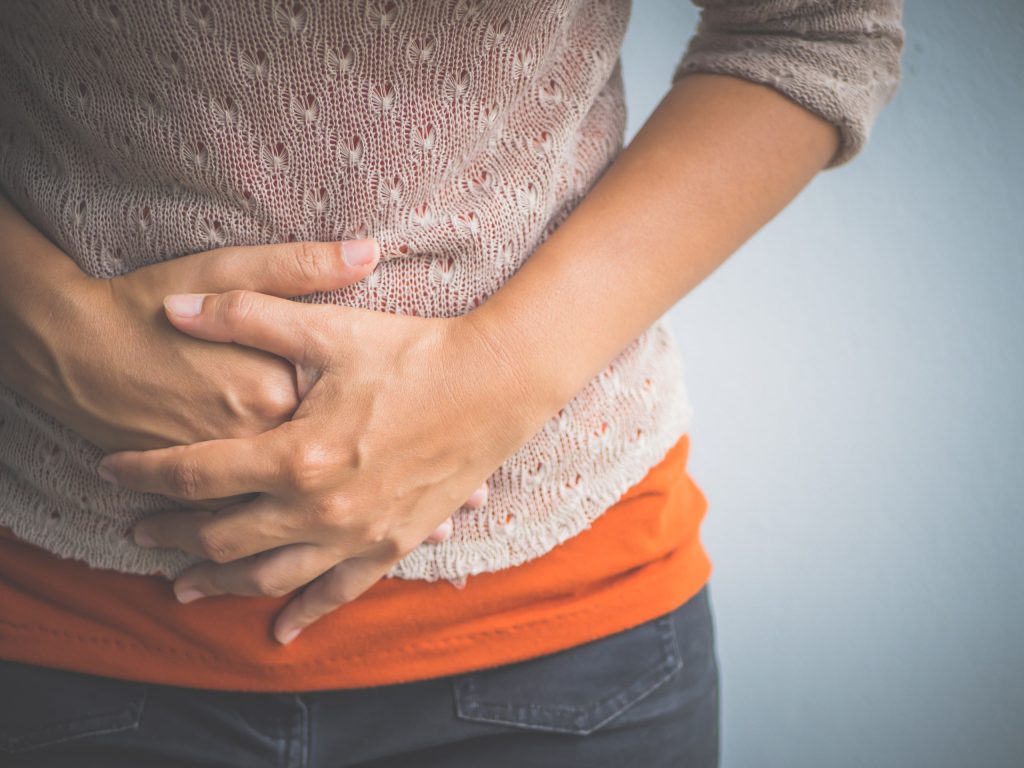
img source: self.com
When you see the symptoms such as dry skin, pain in the urethra, or genital discharge it is always a good idea to get tested for STDs and to know for sure whether they are indicating an STD or not and then to play it safe. Medical diagnostics providers like DxSaver.com offer at-home STD testing for those who are not comfortable visiting the lab or have no time to schedule one out of their busy day-to-day schedule.
Some may ask whether the dry skin and other symptoms can disappear on their own without taking any medications. Some people will give it a try by hoping it goes away without consulting a doctor. This is not advisable.
When it comes to STDs, the sooner you detect and diagnose, the better you can recover quickly without any major damage to your health.
Conclusion
STDs are with us for a long time and it doesn’t seem to go away anytime soon. However, we can slow the spread of STDs by raising awareness and talking about them with your new sex partner(s). It is always better to prevent in the first place than to get cured. If you are sexually active, getting screened regularly for STDs can help detect the disease at its earliest.





